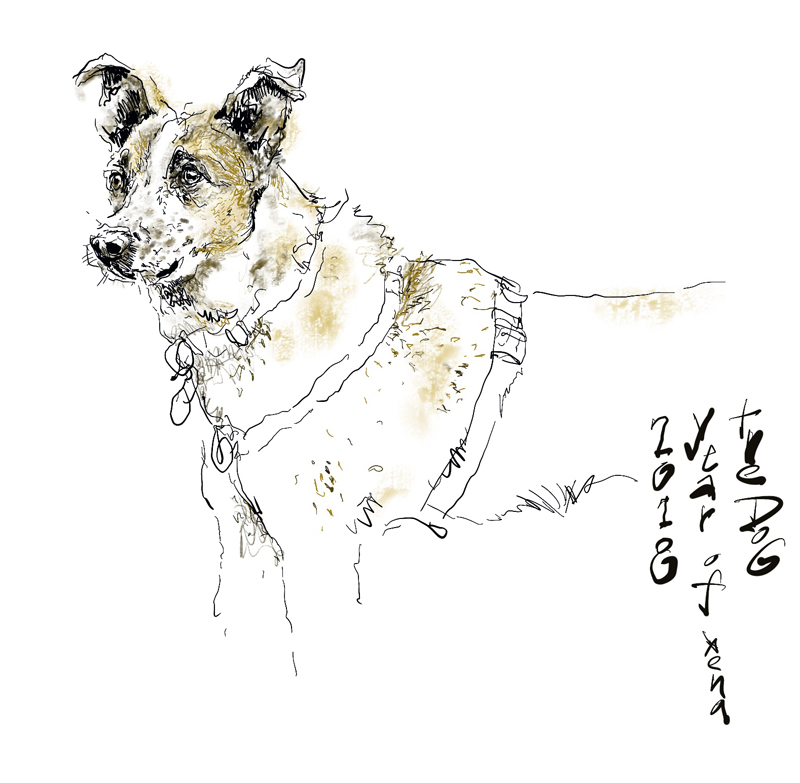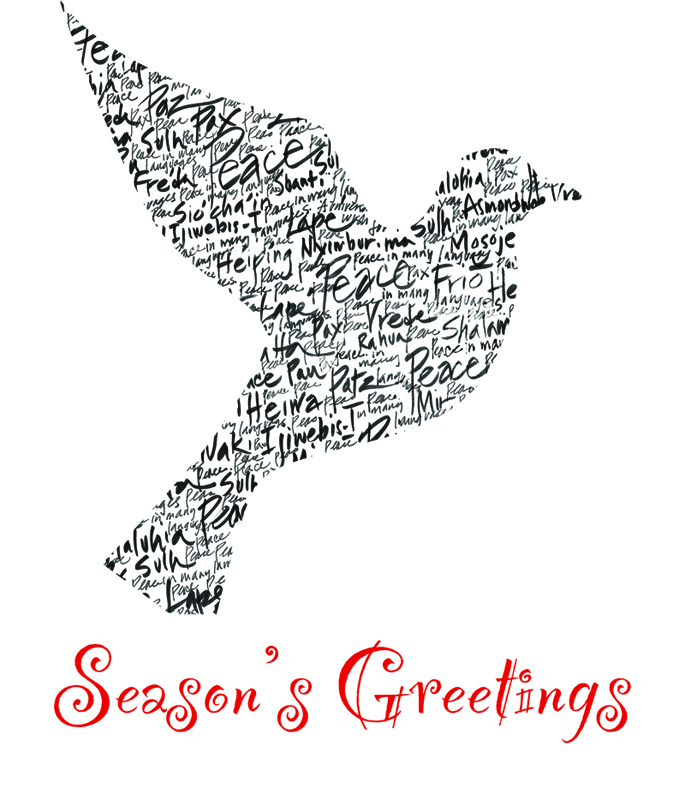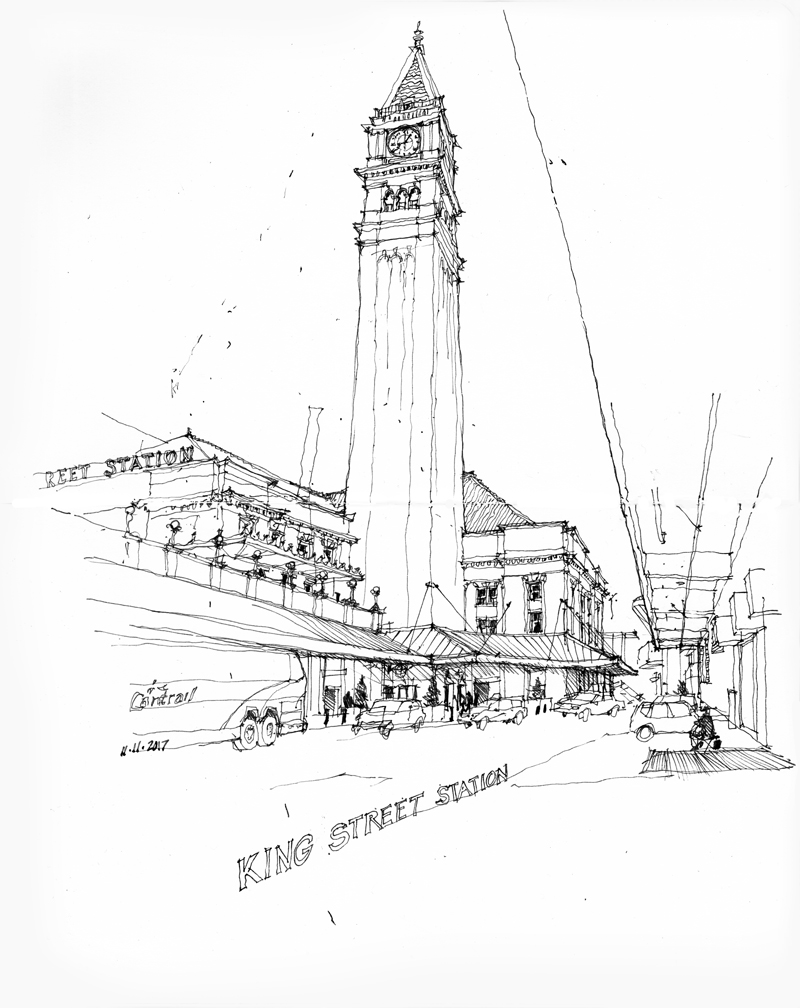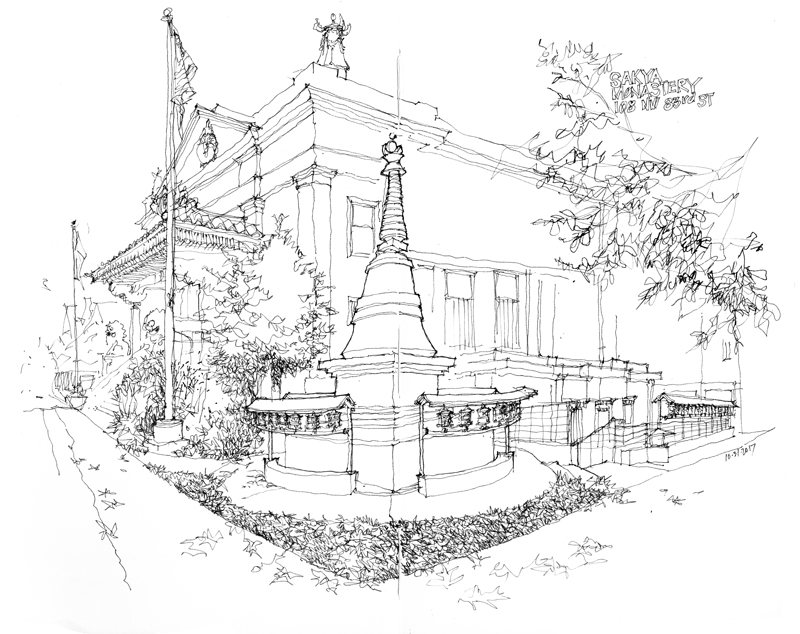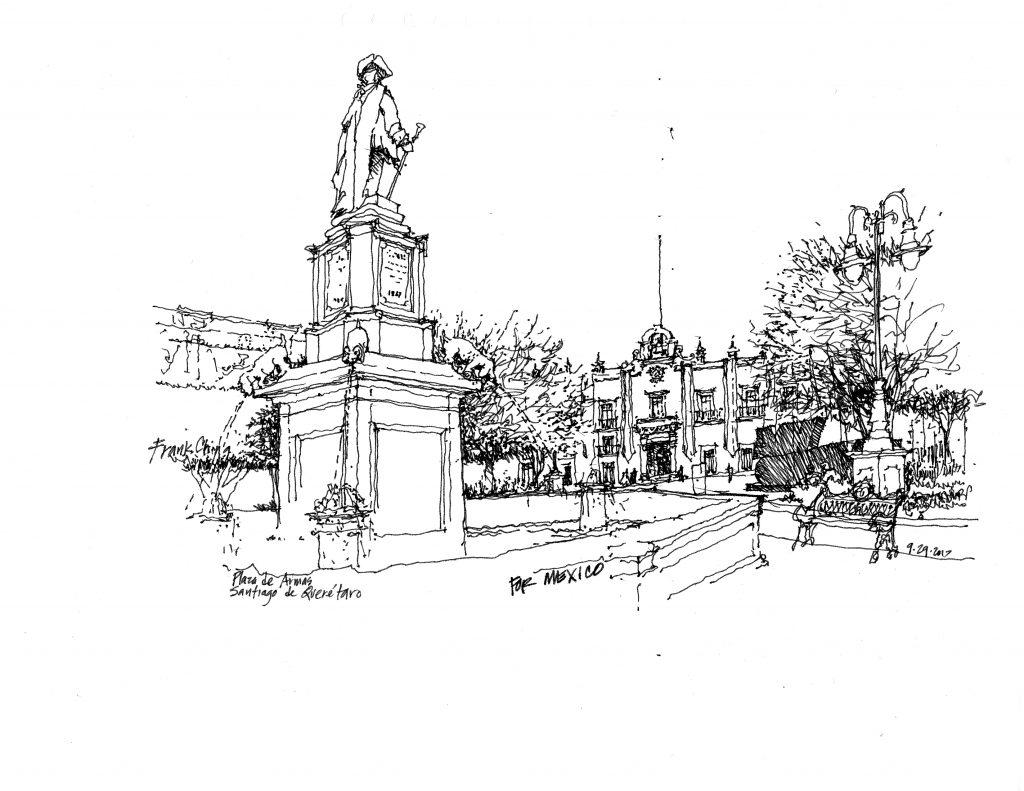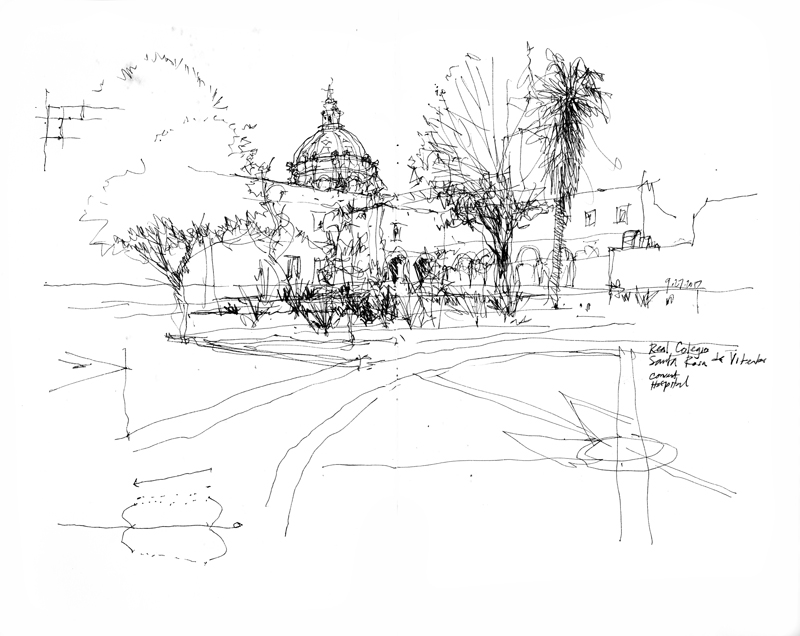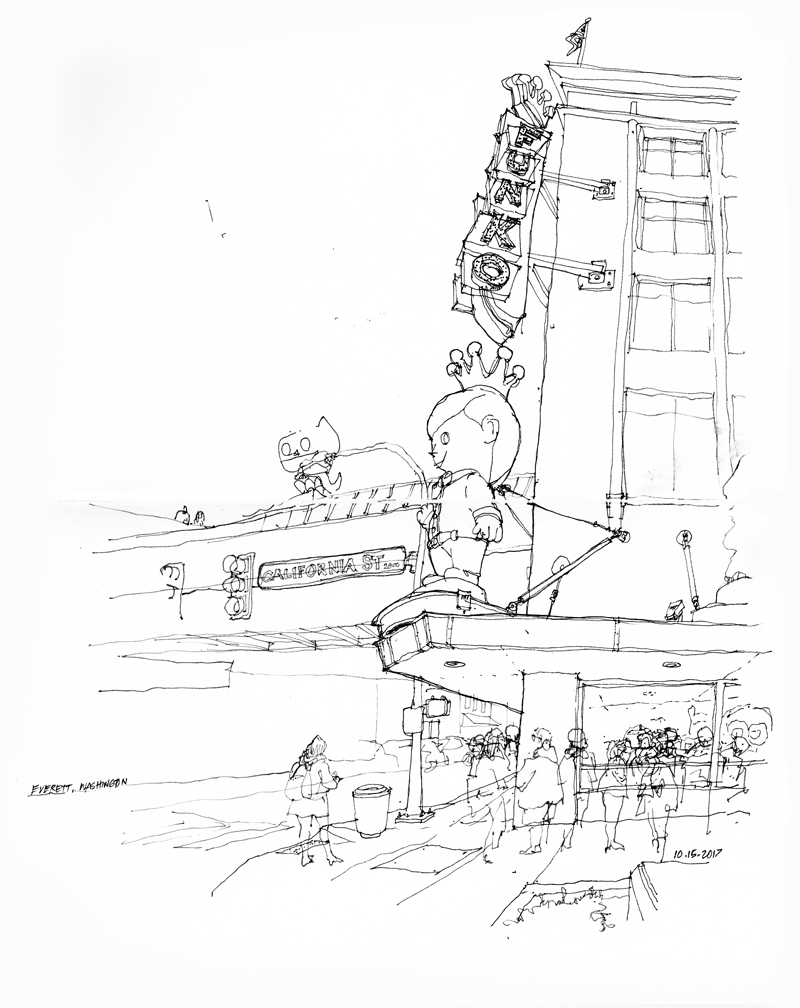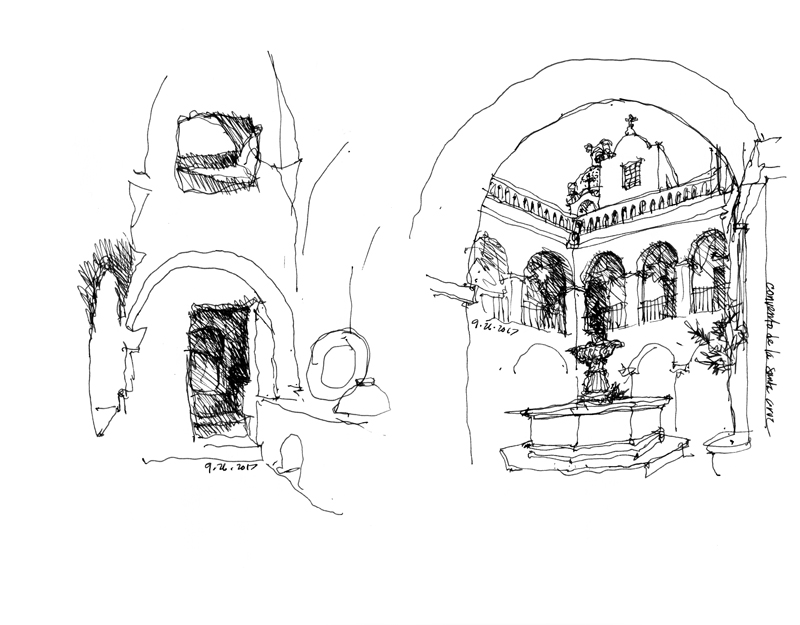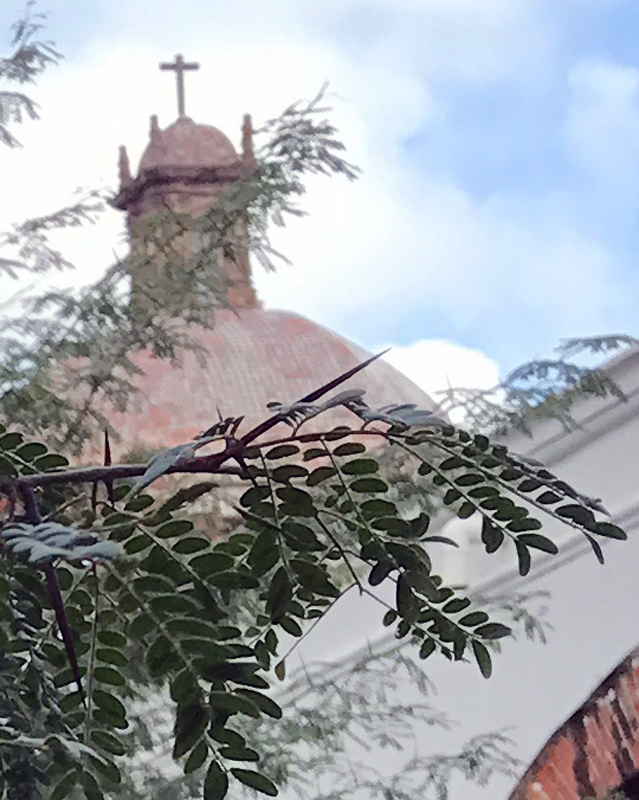Happy Lunar New Year and welcome to the Year of the Dog. The dog is the eleventh sign of the Chinese Zodiac and is the symbol of loyalty, honesty, and responsibility.
The above is a portrait of Xena, our Warrior Princess, a Red Heeler-Terrier mix we rescued a few years ago. Bearing a striking resemblance to Xena is Laika in a news photo by Alexander Chernov below. Laika was a stray rescued from the streets of Moscow to participate in the Soviet space program. Last November was the 60th anniversary of Laika’s trip aboard Sputnik 2. While not the first animal shot into space, she was the first to orbit the earth. Unfortunately, Laika didn’t survive her journey into the cosmos.

